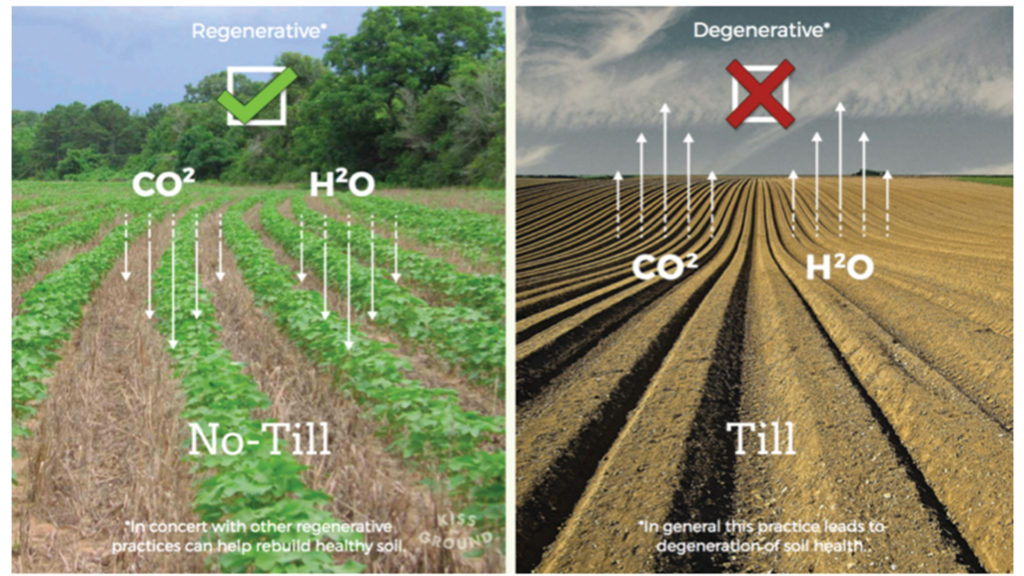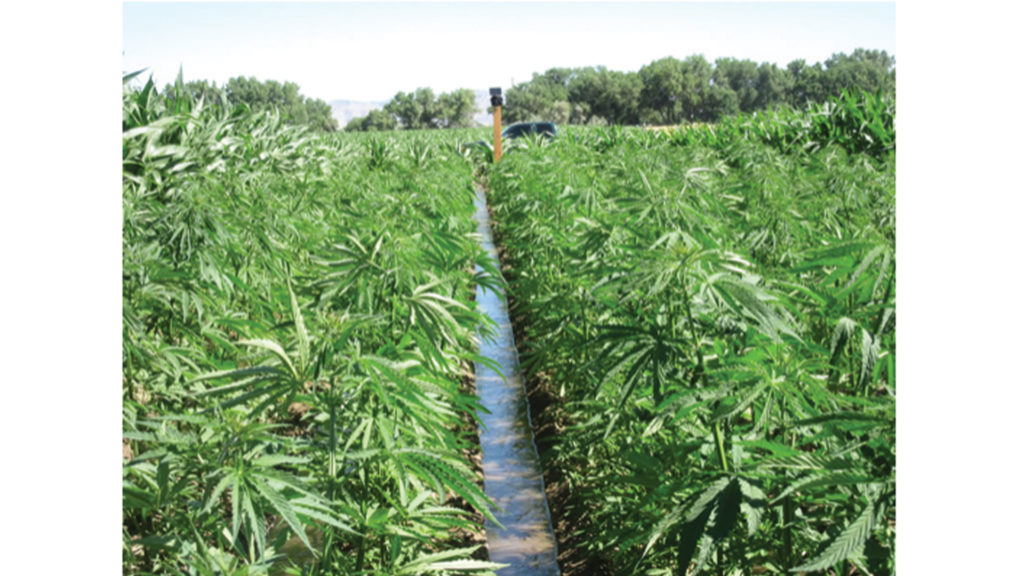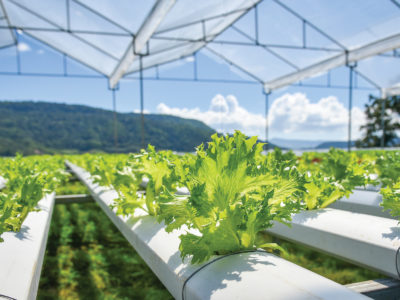Our Goals
- We need to make our agriculture sustainable—Our soils are dying from misuse. In a “for profit” model, soil regeneration loses out to the short-term bottom line.
- We need to eliminate, as much as possible, the carbon footprint left from the current forms of agriculture we practice. Transportation of Food is just one more source of Carbon Emissions. Putting food closer to the source of consumption helps this while lowering other unnecessary expenses.
- We need to eliminate subsidies to big business, and welfare costs to underserved communities, by simply making the food more cheaply, rather than letting the rich feed the poor by taxing the middle (who end up giving money to both). In a Democracy, there can be no perceived “favoritism” of one group of people over another when it comes to our basic survival. This does not foster a spirit of togetherness.
- Food is a source of empowerment for communities: it is an opportunity for people to govern, rather than be governed. By putting this power in more people’s hands, born leaders will emerge, and then, as a Country, we are bound to follow their good ideas and examples.
The Plan

In a competitive market, it makes sense that soil and soil-less farming might not get along, but in a Democracy, they would actually work in tandem very well. We will utilize regenerative farming and vertical farming in our model; ‘New School’ methods are always going to employ the latest science and technology, but if those youngsters slow down and listen, they will find that the ‘Old School’ has patiently and painstakingly mastered the Art and Craft of it all, and has crucial knowledge both must utilize.
Meanwhile, our new secondary education will train students in both methods of farming; the new regenerative and vertical farms will be designed to facilitate this. Hopefully some of the students really become passionate about it, and turn into our next generation of American farmers.
- As much as possible, We will try to secure at least 250 acres very near each 100,000 population Community, as well as a space within the Community for an indoor Vertical Farm.
- Through Our Community Center, Farmer’s Markets, Restaurants, Schools, Health Care, Rehabilitation / Off-Grid Facilities and Federal Government (everyone needs to eat), We will distribute this food. The cost will be reasonable, healthy, and make enough money to pay back the Loan to build all the infrastructure.
- The Science of Food [growing it and preparing it] is a skill everyone should cultivate, so these farms are a chance for education as well (meaning local schools will be learning from farmers, and helping farmers as part of Education ‘Payback’—where students are paying back their own high school student debt).
- Students will help in the Community by working within the Federal Farming business, and by preparing food for themselves and for their Communities
The Execution
Total of all Agricultural Bank Loans = $13 Billion, which at 4% interest, creates a mortgage payment of $744.8 Million a year for 30 years. Included in the Loan:
- Regenerative Piece: $8,000 per acre X 250 acres per small Regenerative Farm X 3,300 farms = $6.6 Billion [With the average cost of land closer to $4,000 an acre, enough would be left over to build $1 Million worth of living quarters – 10,000 square feet of infrastructure at our Federal Construction Cost of $100 per sf, plus $120,000 worth of equipment = $7 Billion Bank Loan overall]
- Vertical Piece: A 3,000 square foot Community Vertical Farm in every 100,000 population will cost $1.5 Million per farm X 3,300 farms = $5 Billion
- Education Piece: Regenerative Farming Schools will be part of Global and Local School Curriculum. Regenerative and Vertical Farming skills will be taught in schools, and kids will visit the farms and help in harvesting during peak times in order to cut labor costs and help in local food production. $400 / acre Total Production Cost X 250 acres X 3300 farms = $330 Million per year (Of this, $40 / acre goes to equipment costs, or $33 Million [10% of production cost])
- If a Classroom needs to be built directly on the farms, 4,000 square foot could be constructed for $400,000 ($100 per sf) X 3300 schools = $1.32 Billion Additional Bank Loan
- Maximum Labor Costs allowed for each Community = $2 Million X 3,300 total Communities = $6.6 Billion
- Government Piece: total Salary Costs = $11.6 Billion ($5 Billion for Federal TEAMS, $6.6 B for Teams of Regenerative / Vertical Farmers in each Community)
NOTES:
- Total Loan Costs ($744.8 Million) + Total Production Costs ($330 Million) each year = $1.075 Billion
- In several cases, free federal land could be used, lowering the Bank Loan costs significantly
- Overall, the Grand Total of $12.575 Billion a year could be covered by each American purchasing only $38.44 worth of our Affordable Food each year. Once we are up and running, our Agriculture Profits could help pay for many other things.
- Look for the Food and Drug Administration (FDA) and the Food Safety and Inspection Service (FSIS) within the Department of Justice, where Our ambulance-chasing lawyers will be lurking. Look out. They will work on commission.
New Budget = $12.575 Billion (or perhaps $0, or perhaps we make money – perhaps lots of money).
Other Costs will be covered by selling the Food, and any profits can go first to pay for yearly Agriculture expenses. One plan could be to charge every resident a $40 a year membership which gives them access to Costco-like grocery store, where all ‘homegrown’ food is nominal, as the membership alone pays for the annual National Bank loan.
Hemp Production and Manufacturing Businesses [Limestone Mining]
Once We establish our Regenerative Farming, Our farmers could also grow acres of Hemp in the off season, to help regenerate the soil. It is low maintenance, fast-growing, and can rid the soils of toxins, among other things. We can use the hurds, stems and stalks for HempCrete, and then sell the seeds (flour, oil) and the fiber (canvas and car parts and rope), or keep them and use them for Our own entrepreneurial ventures – The hemp is free, We just need to make a productive business strategy around it.

The technology to sequester carbon in concrete production can also be used to do the same for limestone to lime conversion [for Our HempCrete]. This has already been calculated into the concrete budget, so only limestone harvesting should incur any expense.
We will mine limestone from our own Federal land. It can be used in cement, asphalt, steel making, methane production, mortar, glass, etc. It can even help enhance Our soils. We may need all the limestone We extract, or perhaps We can sell some of it off as a side hustle to help pay for a portion of Our limestone extraction costs.

